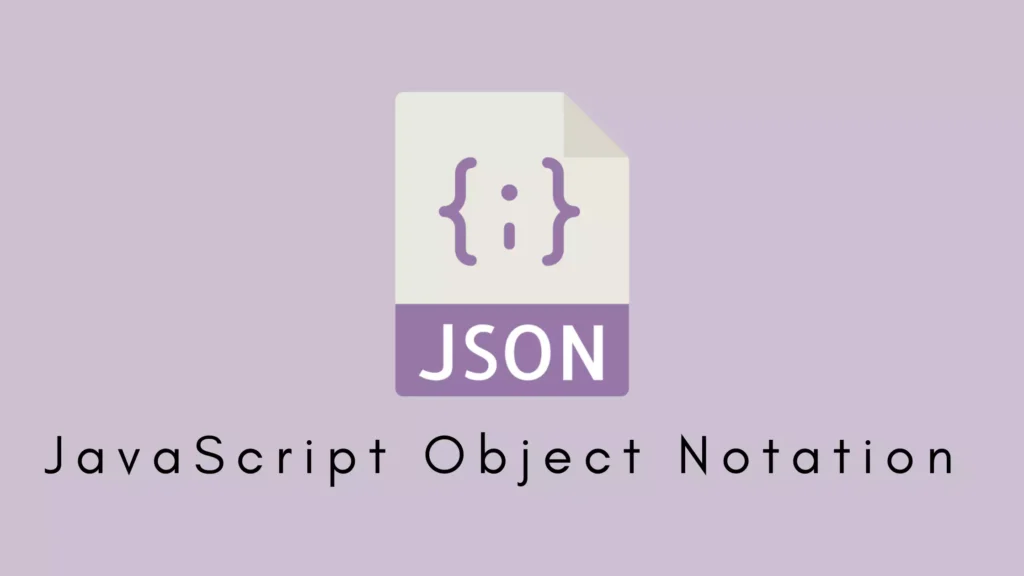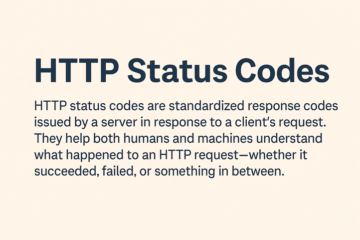JSON’s simplicity, lightweight nature, and ease of reading and writing make it a popular choice for transmitting data over the internet. However, despite these advantages, there are some common mistakes that can be made when working with JSON, which can lead to bugs, security issues, and other problems.

Common Mistakes When Working with JSON
JSON (JavaScript Object Notation) is a lightweight data-interchange format. It is easy to read and write for humans and machines. JSON is text-based and uses human-readable text to store data. It is commonly used in web applications and in APIs.
Despite its simplicity, there are some common mistakes that can be made when working with JSON. These mistakes can lead to bugs, security issues, and other problems.
In this blog post, we will discuss some of the most common mistakes when working with JSON. We will also provide tips on how to avoid these mistakes.
1. Using the wrong data types
JSON supports a limited number of data types: strings, numbers, booleans, arrays, and objects. If you try to use a data type that is not supported by JSON, you will get an error.
For example, the following JSON code will cause an error:
{
“name”: “John Doe”,
“age”: “30”,
“married”: true,
“children”: [1, 2, 3]
}
The age property is of the wrong data type. The age property should be a number, but it is a string.
To fix this error, you can change the age property to a number:
{
“name”: “John Doe”,
“age”: 30,
“married”: true,
“children”: [1, 2, 3]
}
2. Missing commas
JSON objects and arrays must be properly formatted. This means that you need to use commas to separate the different properties or elements in the object or array.
For example, the following JSON code will cause an error:
{
“name”: “John Doe”,
“age”: 30,
“married”: true,
“children”: [1, 2, 3]
}
The children property is missing a comma after the third element.
To fix this error, you can add a comma after the third element:
{
“name”: “John Doe”,
“age”: 30,
“married”: true,
“children”: [1, 2, 3,]
}
3. Using incorrect quotation marks
JSON strings must be enclosed in double quotation marks. If you use single quotation marks, you will get an error.
For example, the following JSON code will cause an error:
{
“name”: “John Doe”,
“age”: 30,
“married”: true,
“children”: “John, Jane, Peter”
}
The children property is enclosed in single quotation marks. JSON strings must be enclosed in double quotation marks.
To fix this error, you can change the children property to use double quotation marks:
{
“name”: “John Doe”,
“age”: 30,
“married”: true,
“children”: “John, Jane, Peter”
}
4. Using invalid characters
JSON strings can only contain certain characters. These characters are:
- Letters
- Numbers
- Whitespace
- The characters
+,-,.,,,:,{,},[,],\", and'
If you use a character that is not allowed in JSON, you will get an error.
For example, the following JSON code will cause an error:
{
“name”: “John Doe”,
“age”: 30,
“married”: true,
“children”: “John&Jane, Peter”
}
The children property contains the invalid character &.
To fix this error, you can change the children property to remove the invalid character:
{
“name”: “John Doe”,
“age”: 30,
“married”: true,
“children”: “John Jane, Peter”
}
5. Not validating JSON
It is important to validate JSON before you use it. This will help you to catch any errors in the JSON code.
There are a number of tools that you can use to validate JSON. One popular tool is [JSON
To know more about the author, please visit his LinkedIn profile.
Go to home page for more information regarding communication protocols.



0 Comments